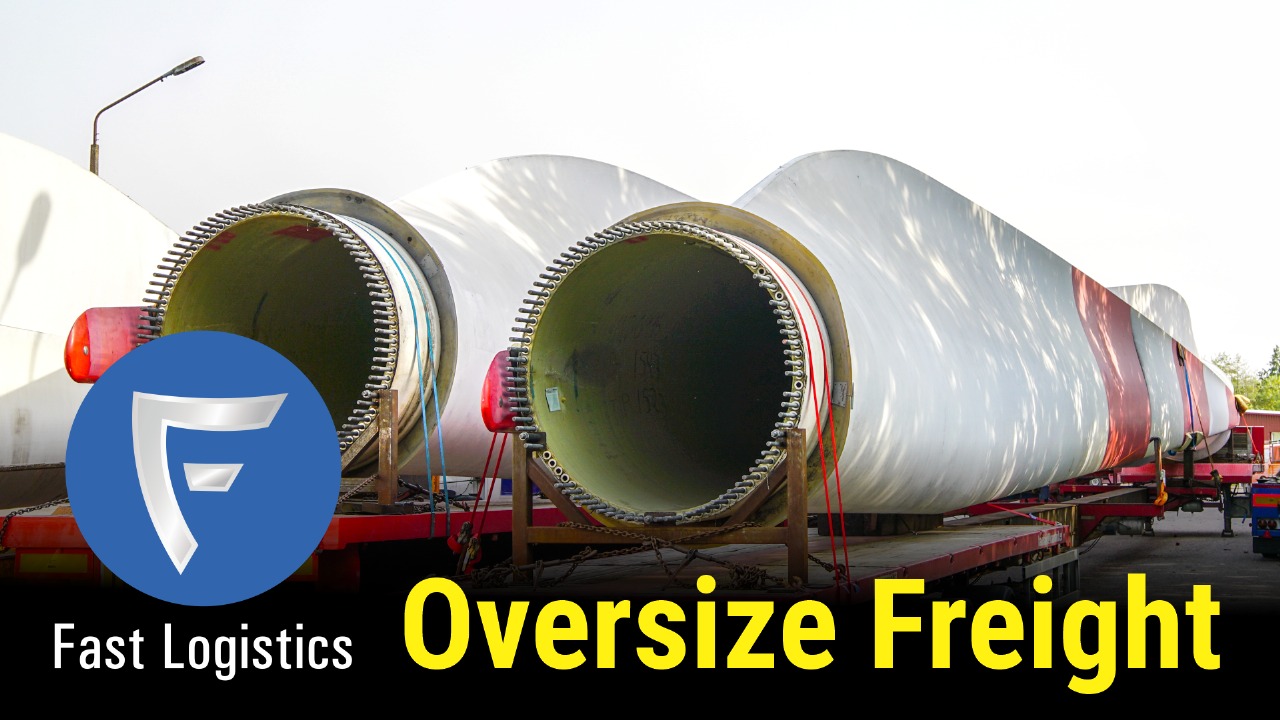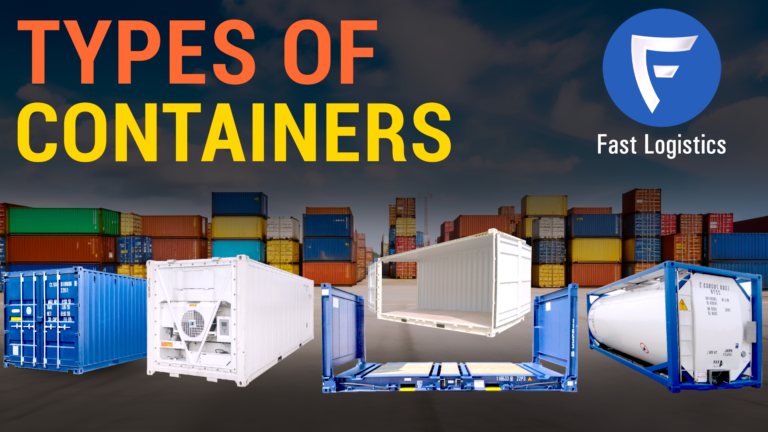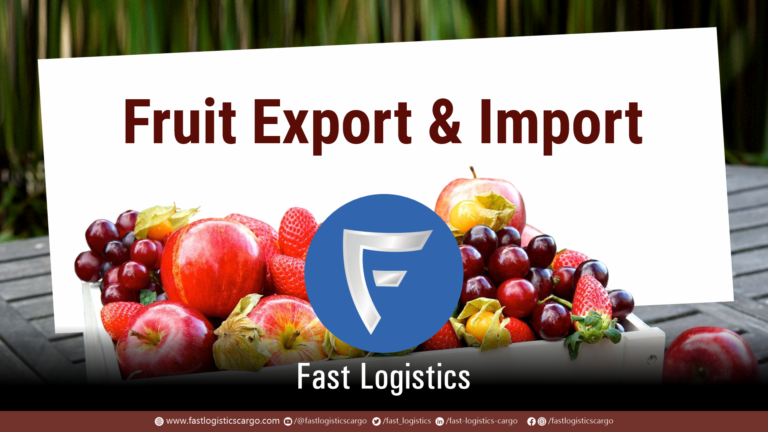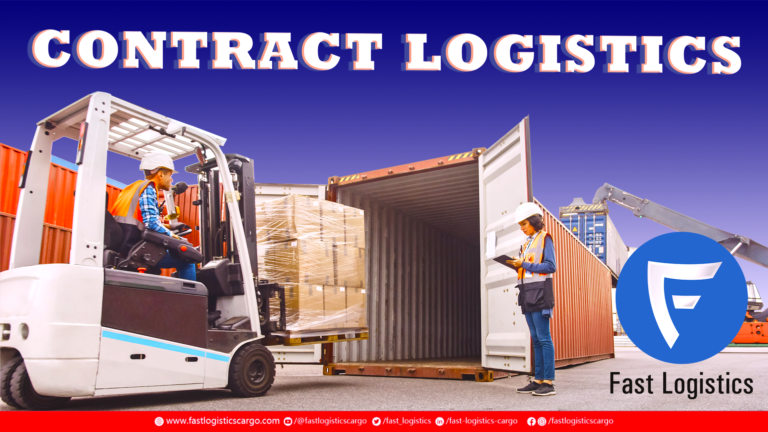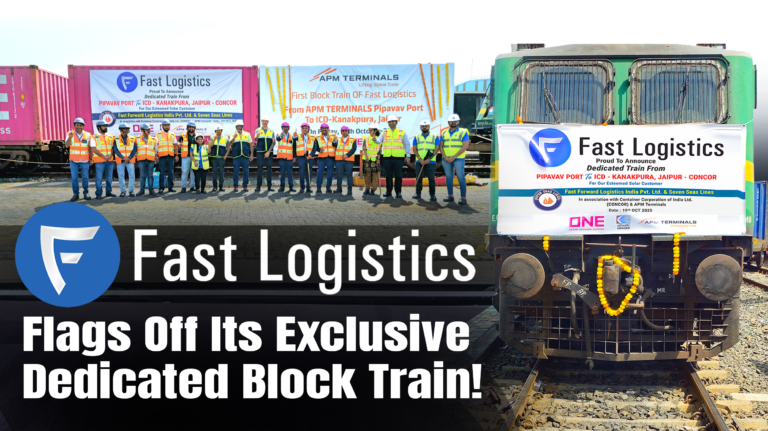Oversize Freight
When you think of freight, you might picture neatly packed containers stacked on ships or trucks rolling down highways. But what about the cargo that doesn’t fit in a box? Giant wind turbine blades, massive cranes, oil rigs, or industrial machines that weigh as much as hundreds of cars—these are not your everyday shipments.
This is the world of oversize freight, where logistics isn’t just about moving goods—it’s about solving puzzles, managing risks, and making the impossible possible.
What Is Oversize Freight?
Oversize freight (also called over-dimensional cargo) is any shipment that’s too large or too heavy to fit within the standard legal size and weight limits for transportation.
- Width: More than 8.5 feet wide
- Height: Over 13.5–14 feet tall
- Length: Exceeds 48–53 feet
- Weight: Heavier than the standard truck load limit
📦 Examples of oversize cargo include construction equipment, power plant machinery, prefabricated structures, aerospace parts, and wind turbines.
Why Is Oversize Freight Challenging?
Unlike standard freight, moving an oversize load isn’t just about “putting it on a truck.” It’s a highly coordinated operation involving:
- Special Permits: Different states and countries have strict regulations for oversize transport.
- Route Surveys: Logistics teams must plan routes carefully to avoid low bridges, tunnels, or narrow roads.
- Escort Vehicles: Pilot cars often accompany shipments to ensure safety.
- Specialized Equipment: Lowboy trailers, extendable flatbeds, cranes, and heavy-lift gear are often required.
- Time & Cost Sensitivity: Delays can impact multimillion-dollar projects like construction or oil exploration.
In short: oversize freight logistics is a game of precision, planning, and expertise.
How Oversize Freight Is Transported
Oversize cargo doesn’t always stick to one mode of transport. Depending on the project, it can move by:
- Road Transport: Using heavy-duty or extended trailers.
- Sea Freight: Loaded on flat racks, open-top containers, or specialized heavy-lift vessels.
- Rail Transport: For long-distance heavy equipment movement.
- Air Freight: Rare, but possible using giant cargo planes like the Antonov or Boeing 747 Freighter.
Most often, multimodal transport is used, combining road + sea + rail for maximum efficiency.
Why Oversize Freight Matters
From building skyscrapers to powering cities with wind and solar energy, oversize freight keeps industries moving. Without it, critical infrastructure projects, large-scale construction, and energy production would come to a standstill. It’s more than logistics—it’s about supporting growth, development, and innovation worldwide.
Fast Logistics: Your Partner for Oversize Freight
At Fast Logistics, we don’t just move freight—we move industries forward.
With a strong global network—headquartered in the UAE, 16+ branches across India, and offices in Oman, KSA, China, Turkiye, the UK, and Africa—we bring local expertise with international reach. This allows us to deliver tailor-made solutions for complex cargo movements across industries and borders.
Whether by sea, air, or land, our commitment is simple: safe, secure, and seamless delivery—no matter the size or challenge. Because when it comes to oversize freight, you don’t just need logistics—you need a partner who can move mountains.
👉 Why choose us?
- End-to-end project cargo solutions
- Expertise in permits & compliance
- Specialized equipment for heavy-lift operations
- Global reach with local expertise
Oversize freight may look overwhelming, but with the right planning and a reliable logistics partner, it becomes a smooth journey. Whether it’s a giant turbine or a piece of industrial machinery, moving beyond the limits is what makes modern logistics possible.
FAQ-
It is transported using specialized trailers, flatbeds, cranes, and sometimes multimodal methods like sea + road transport.
Yes, oversize freight can be shipped globally via sea freight, but it requires special handling, customs clearance, and port coordination.
Standards vary by country, but generally, loads over 8.5 feet wide, 13.5 feet high, or 48–53 feet long are considered oversize.
Usually no, since oversize freight needs dedicated space and handling, but it can sometimes be shipped alongside other project cargo.


